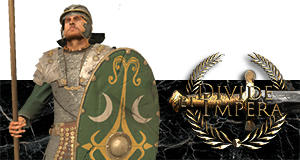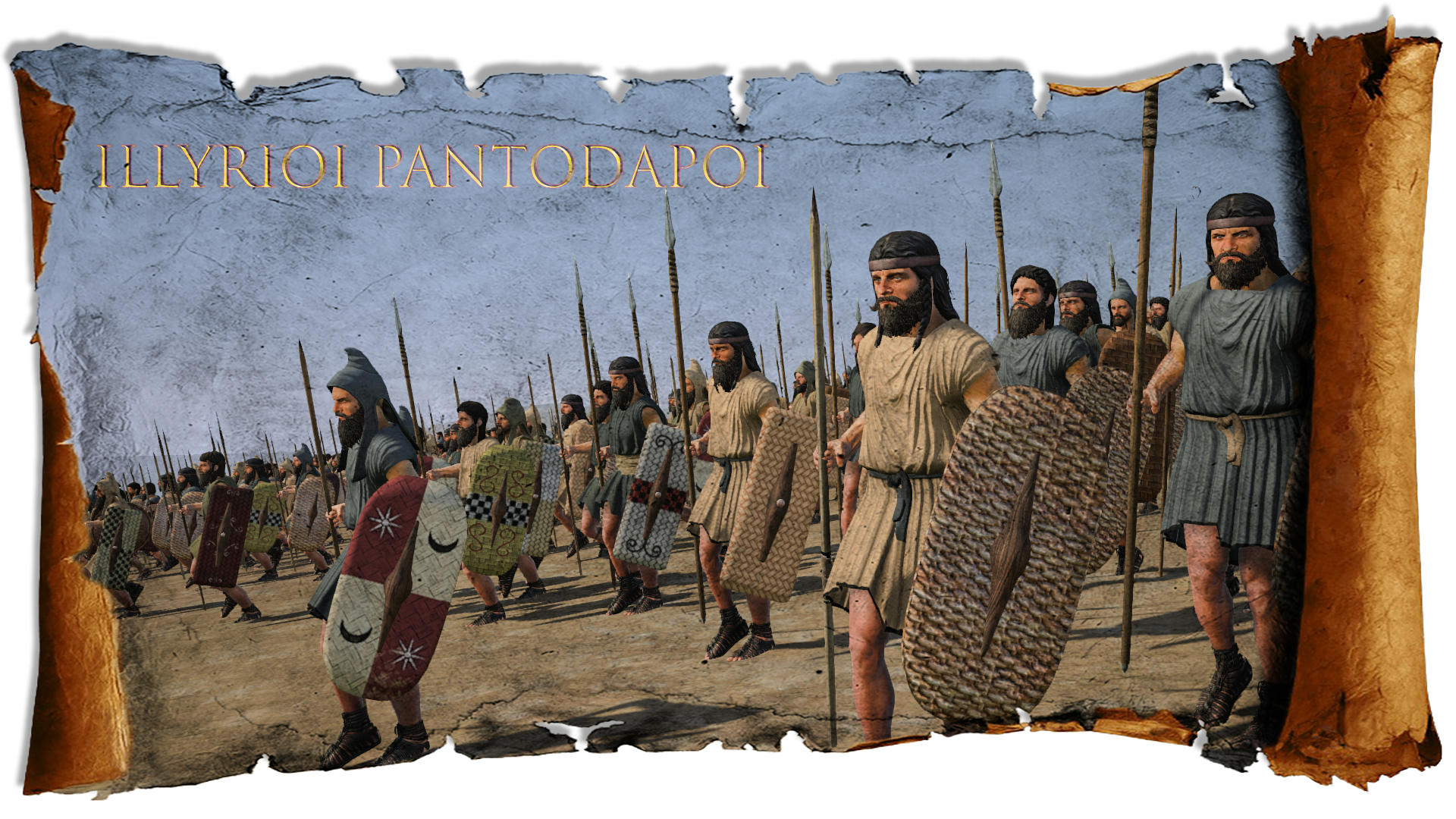
Illyrioi Pantodapoi
These levies were not well equipped but do their best with their versatile short spear. Sometimes too poor to afford an iron or even bronze tipped spearheads, some of them were equipped with carefully shaped flintstones. When Bardyllis conquered the Scordisci, he succeed to take control of several metallic mines, and enhanced the whole quality of his army... These levies were sometimes equipped with leather soft caps, or in stud, cheap and effective. Their shields were mostly made of wicker or pelt. Wood scutums were probably reserved to the warrior class.
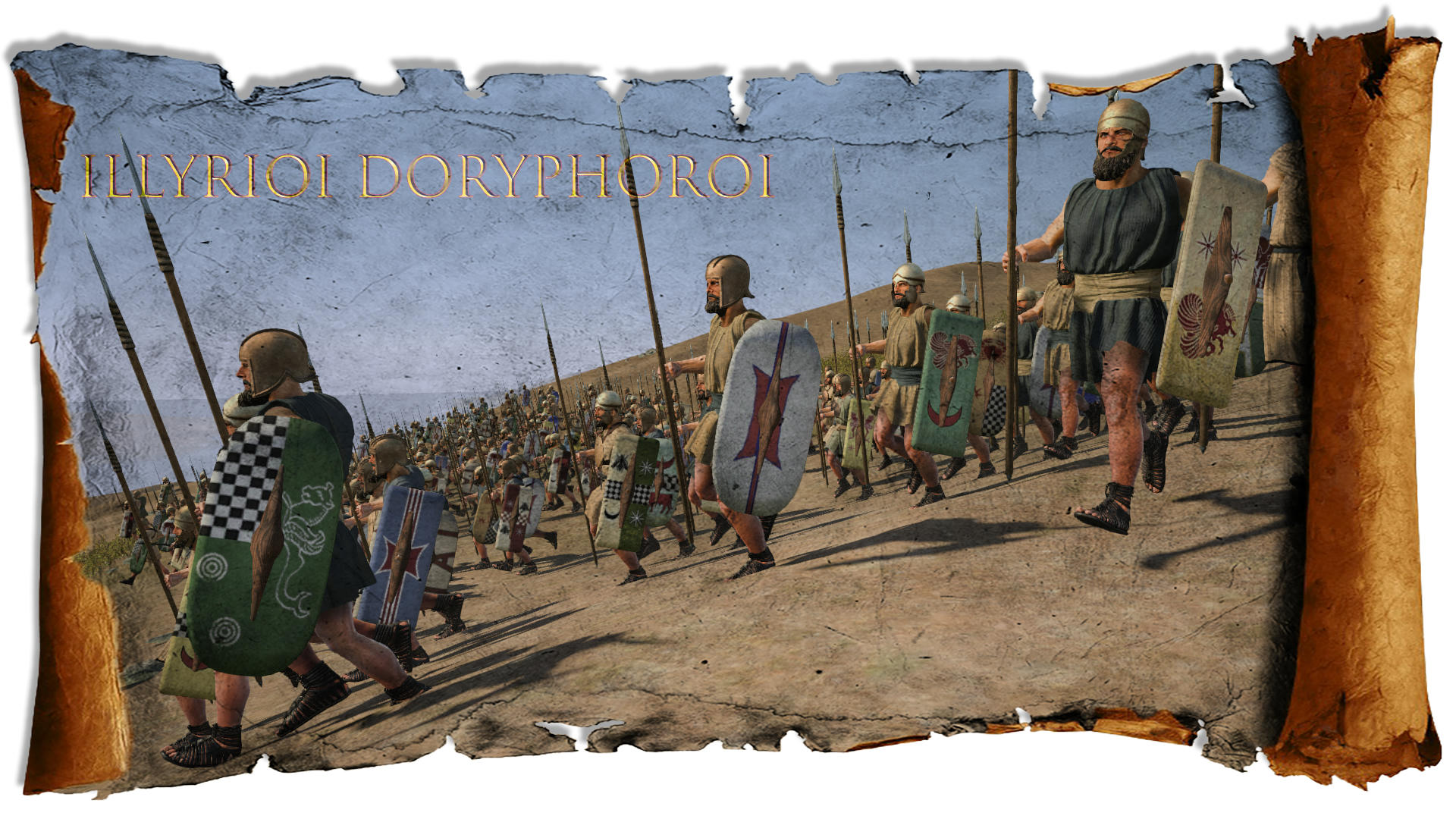
Illyrioi Doryphoroi
The main part of any illyrian army was this kind of levied spear warbands. Raised in tribal aeras, they used various equipments, disc and stud helmets for the most and affordable pot helmets for the others. There main weapon was the spear, sometimes still tipped with a bronze spearhead, although iron was probably more common at that time. Their shield was of various quality, but a scutum, most of the time made with interlapped light wooden boards and leather. Although poorely equipped and almost not trained, they are slightly more experienced and skilled than levied peasants and can hold the line and attack with success if properly managed.
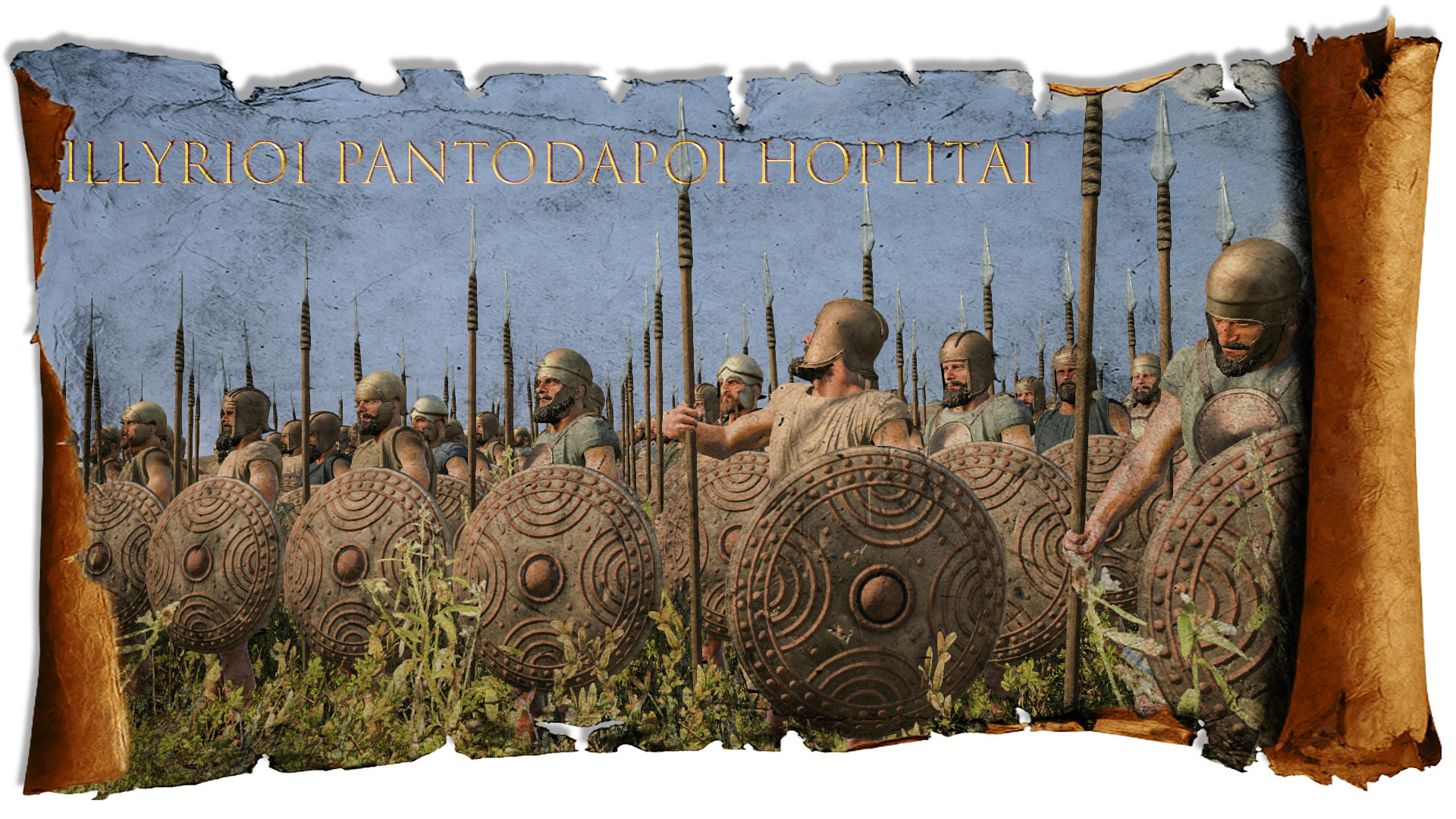
Illyrioi Pantodapoi Hoplitai
Only recruited in major "hellenized" cities (it was always the case for the elites, still under vivid greek influence). The first hoplites were probably introduced by Bardyllis, but it is not clear however if they actually fought like them on only were equipped like them, and still fighting in the classic illyrian behaviour, which made a large place to individual bravery, in the homeric style... Scholars are however more certain about the evolution of these hoplites later. The hoplites of Scodra probably fought while using a real greek phalanx tactic, mostly by imitation to the elite hoplites. Levied hoplites were given no armor, a disc-and-stud or leather cap, and a wide all-wood aspis.
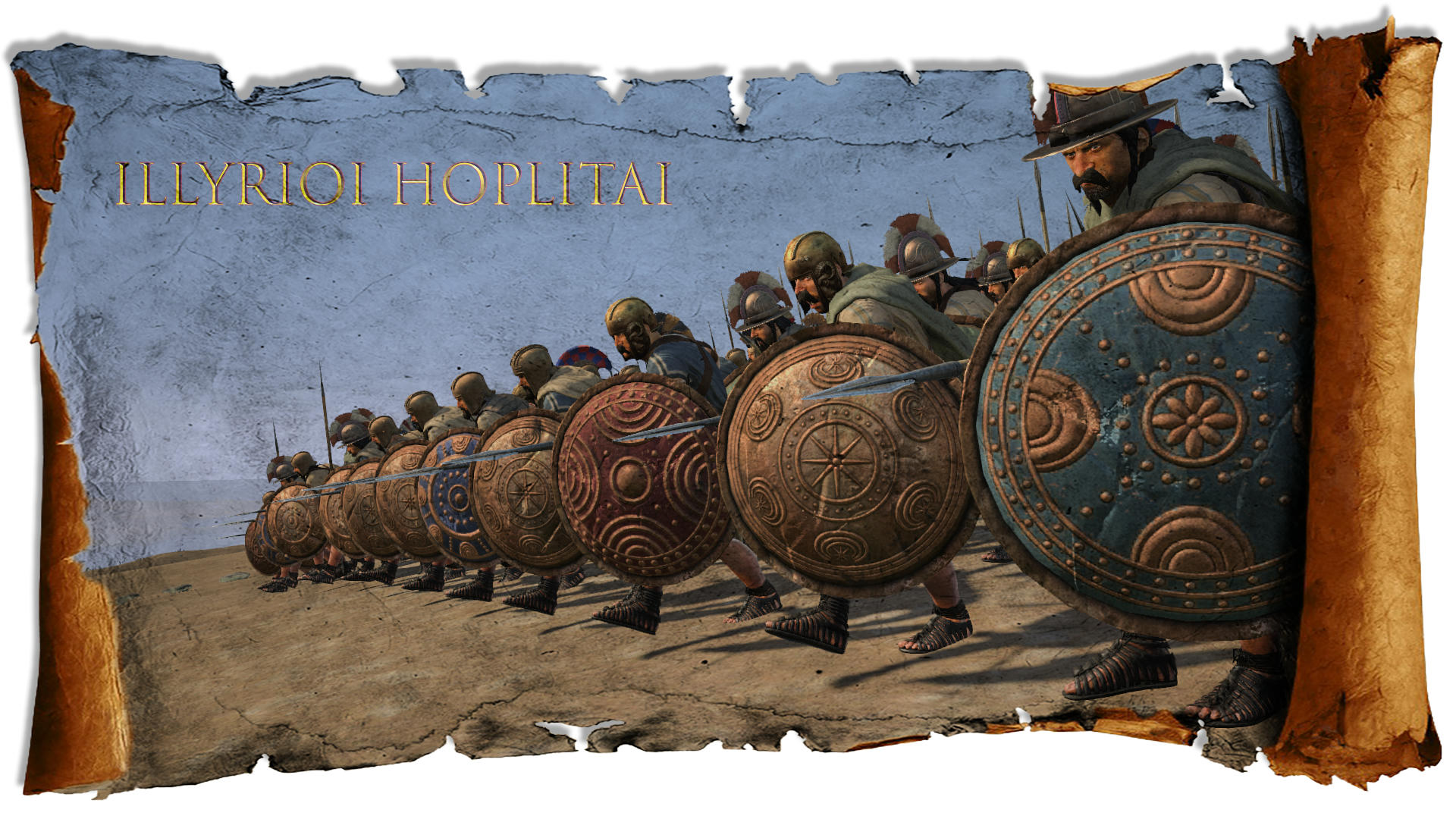
Illyrioi Hoplitai
These standard hoplites could be recruited in southern illyrian major cities, particularly at scodra. Basically they were the so-called "imitation hoplites", local warriors equipped with hoplite suits, lend by greek allies against macedon. Whatever they could have been effective on the battlefield (they crushed the macedonians, then classically equipped), they were no match against the Lakedemonians... They were given a leather armor, of the illyrian type which was cheaper than the true greek linothorax. They probably didn't used greaves, or leather ones, as they were reserved to the elite. Well-trained and disciplined, they could slaughtering easily all tribal illyrian troops encountered, and hold fast against similar hoplites, but not against the macedonian phalanxes, as they were crushed by those of Alexander. Later, not suprisingy, they were not efficient also against the Roman legions.
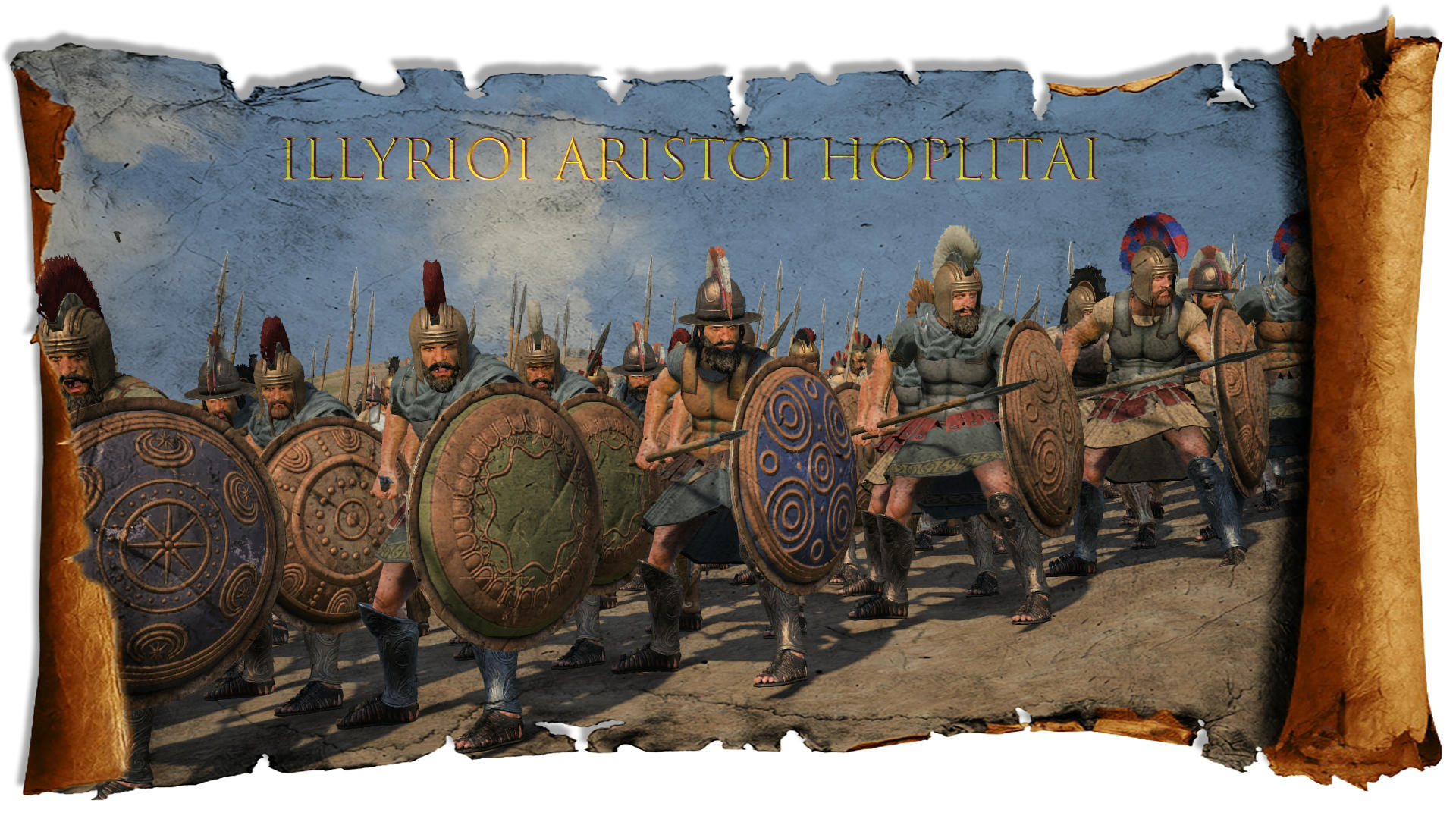
Illyrioi Aristoi Hoplitai (only pre reform)
Only the heavily hellenized nobles of Scodra fought on foot, as their was a strong tradition of horsemanship, and fight dismounted was not a current practice. These "Epiketoi" were given the best equipments, those of archaic hoplites, with the classic bronze armor, greaves, aspis, illyrian helmet (crafted recently, and brightly decorated, not the usual antiquities usually wore by other warriors), xyphos or kopis. Beeing disciplined, they could fight as every elite hoplite unit with perhaps more bravery and temptations of breaking the line to engage more glorious sword duels...
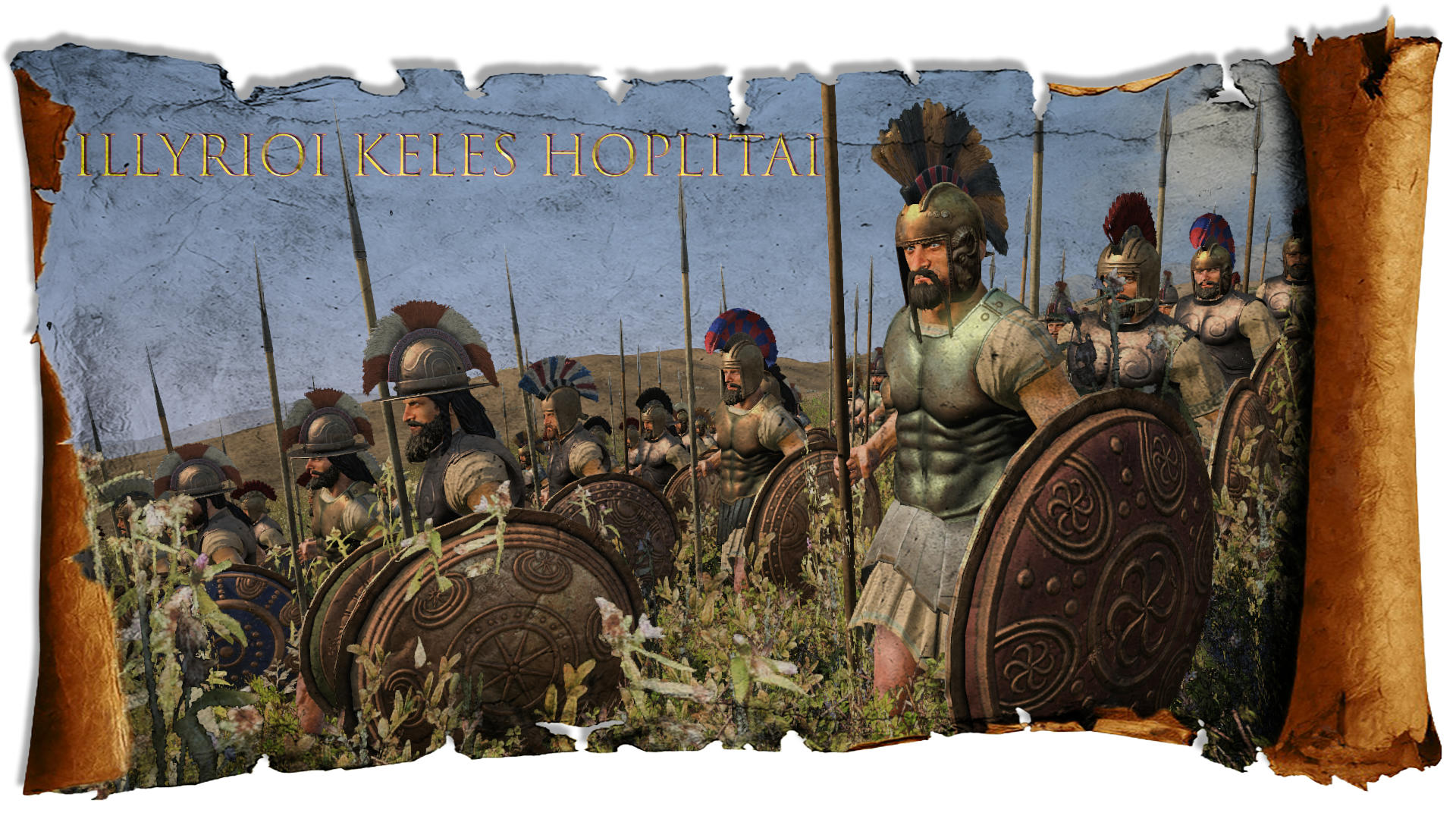
Illyrioi Keles Hoplitai
This kind of hoplite was probably in wide use because of they were equipped with an approximative hoplite wargear, but still retained their illyrian tactics, relying on individual bravery first, and raiding, ambushing warfare. It was however mostly a battle-line infantry, possibly young and weatlhy warriors, were equipped as such. They probably acted as flanking infantry, more mobile in order to counter the enemy's numerous peltasts like their greek counterparts, but also regularly fought in melee, beeing in huge numbers; The illyrian helmet was either pot or of so-called "illyrian type". Both were old-fashion and obsolete. It is probably that some of them were given from father to son, and so on, stored and maintained with care.
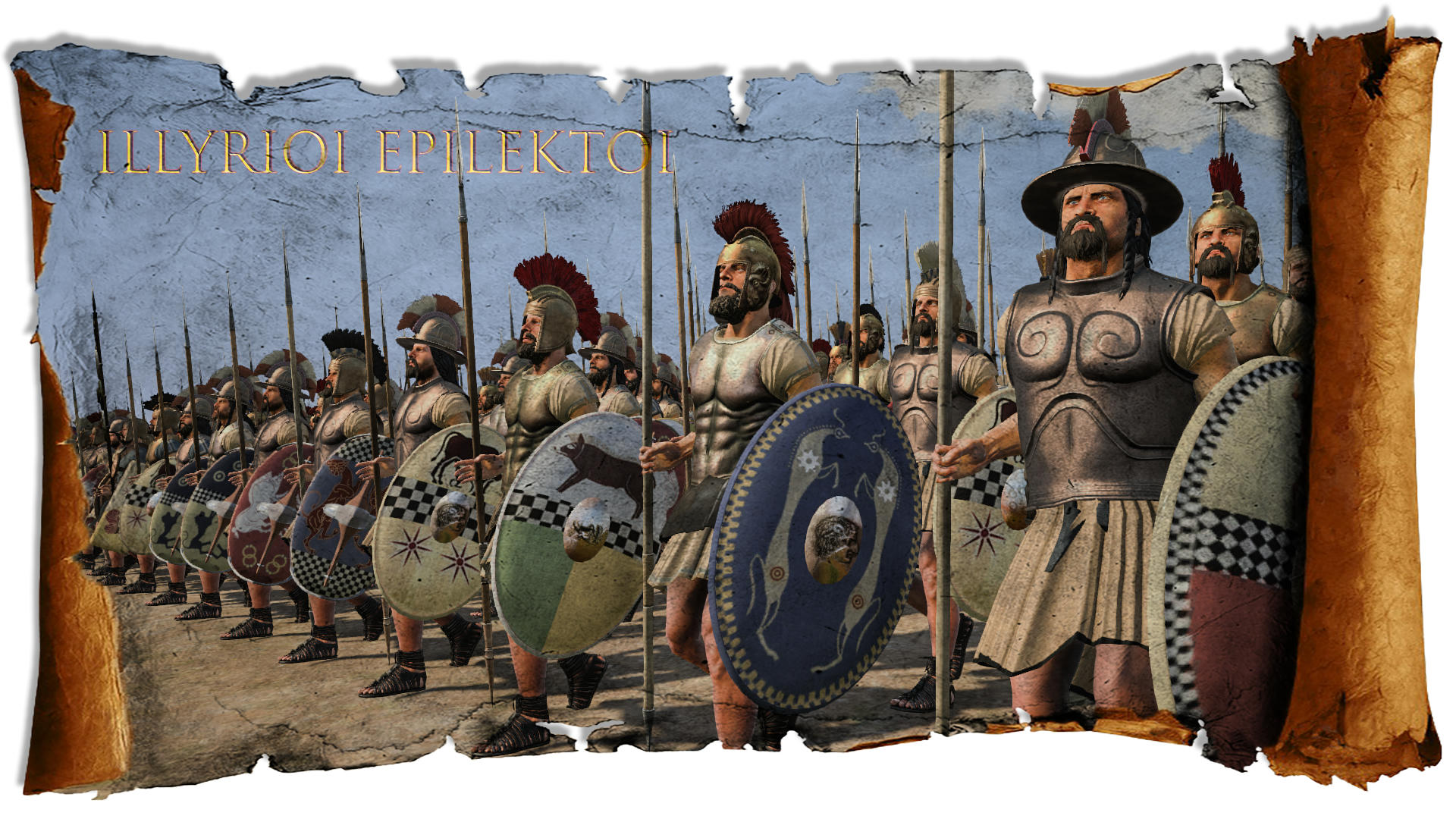
Illyrioi Epilektoi
These well-trained, well protected and well-experienced scutum bearers were in fact spear and sword armed infantry, fightning at the forefront, with sheer discipline and skills. They were efficient but equipped with a somewhat obsolete equipment, typically illyrian, including their famous curved sword as secondary weapon, and a deadly xyston. They know how to make quickly a celtic-style shieldwall, or even a kind of "turtle", and slowly advancing against an heavy fire. The celtic and illyrian phalanx made about scutums were even tighter than their greek counterparts... Caesar described them well, and dealt with them by ordering his first line cohorts to hurl their pila on the advancing formation. The pila killed a few, but their shape successfully hampered the entire line by making the shields useless and cumbersome, with these pila deeply encroached. Then, most of these celts throwed away their shield and then were made piecemeal when charging against a second volley of pila from the after ranks.
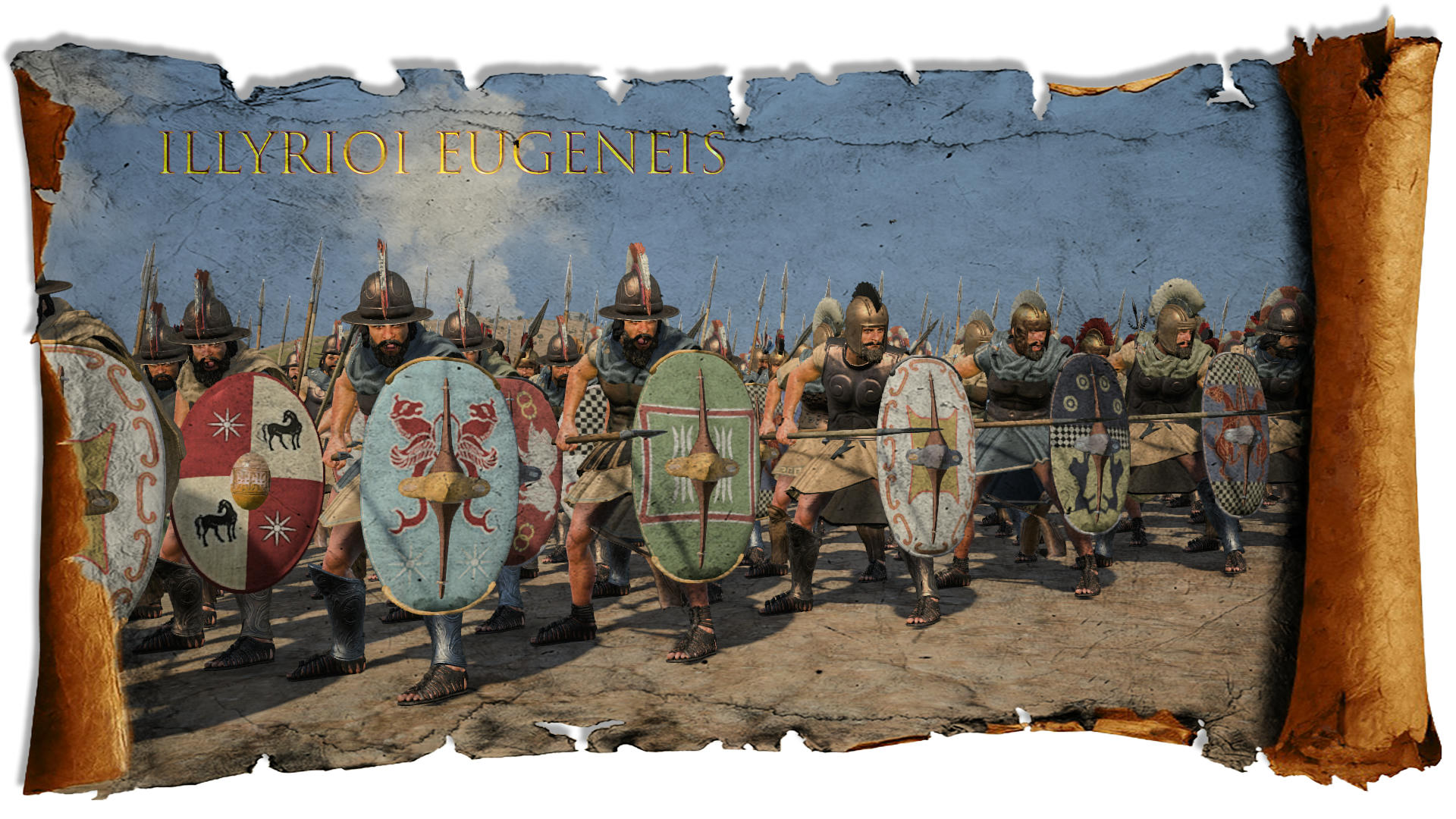
Illyrioi Eugeneis (reform unit)
This kind of foot noble elite infantry was fighting as hoplites but with a scutum instead the aspis. It was a perfect mix between celtic and greek influences. They used shieldwall tactics with high skills, more in the celtic than greek fashion. If their line was broken, they fought also individually with bravery. As in the celtic battlelines, they fought at the first rank, position of honor. Some of them prefer to used the more prestigious Kopis instead of the classic curved sword. Although bronze and iron armours were obsolete both within the greek and celtic warriors, the illyrians still used and produced them.
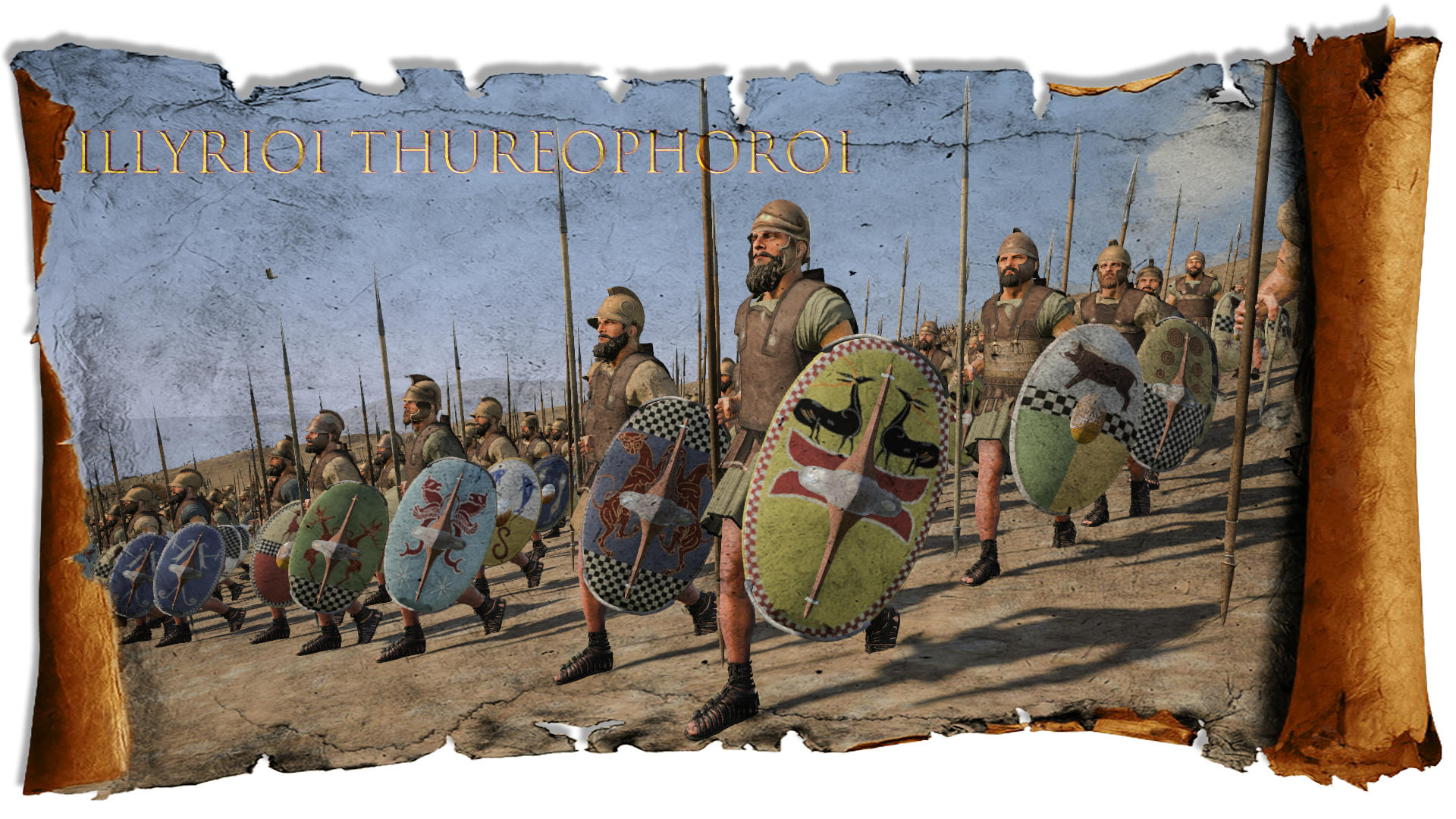
Illyrioi Thureophoroi (reform unit)
These late units are partly conjectural. They would have been probably recruited if the roman occured later, and the southern illyrian influence benefiting from returning alexandrian campaign mercenary veterans. This reformated infantry would have been modelled directly after the successors thureophoroi, which probably first seen action by the fall of 300 bc. They were basically improved heavy peltasts, but using a spear as main weapon. The first of them were equipped with greaves but no armour, but the eastern hellenistic late thureophoroi (like the one of Sidon) has more in common with unarmoured roman legionaries than the classic thureophoroi. They could have been related also from players practicing the "thureomachia", a war-like sport featuring a sword and a thureos. Classic thureophoroi were probably short-lived. According to plutarch, these were peltast, fightning like a light infantry, but then turn quickly to use their spears in phalanx when the enemy was close. They would have been also a variant of the greek mercenary peltastai, and probably the result of iphikratean reforms as well. Illyrians were massively recruited as peltasts, it is near sure that they would serve also as thureophoroi, with hoplite spears, well-protected. These illyrian reformed infantrymen would have worn the usual leather quilted typical illyrian cuirass, and greek more "modern" helmets, like the affordable and widely used chalcidian or attic models.






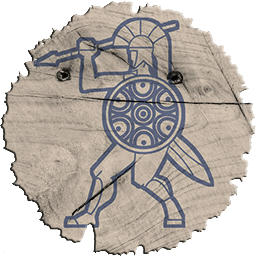
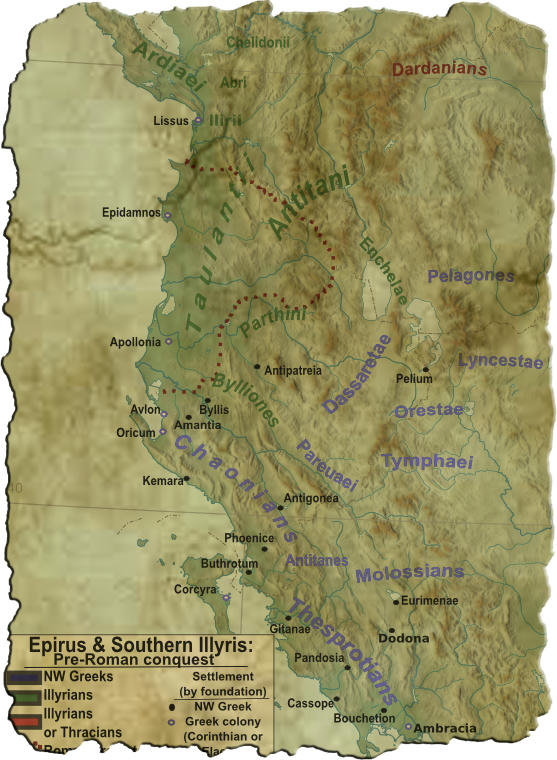









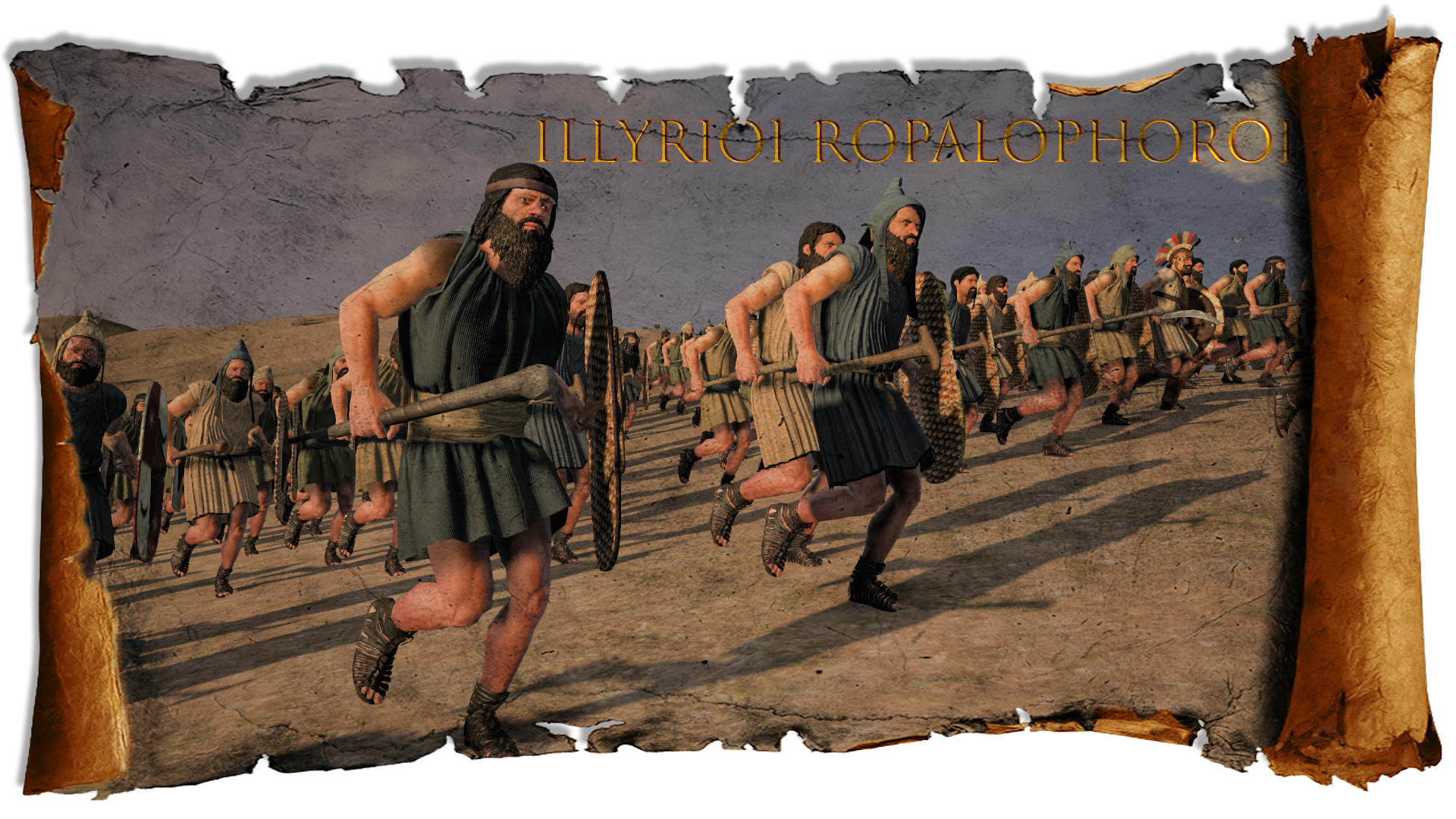
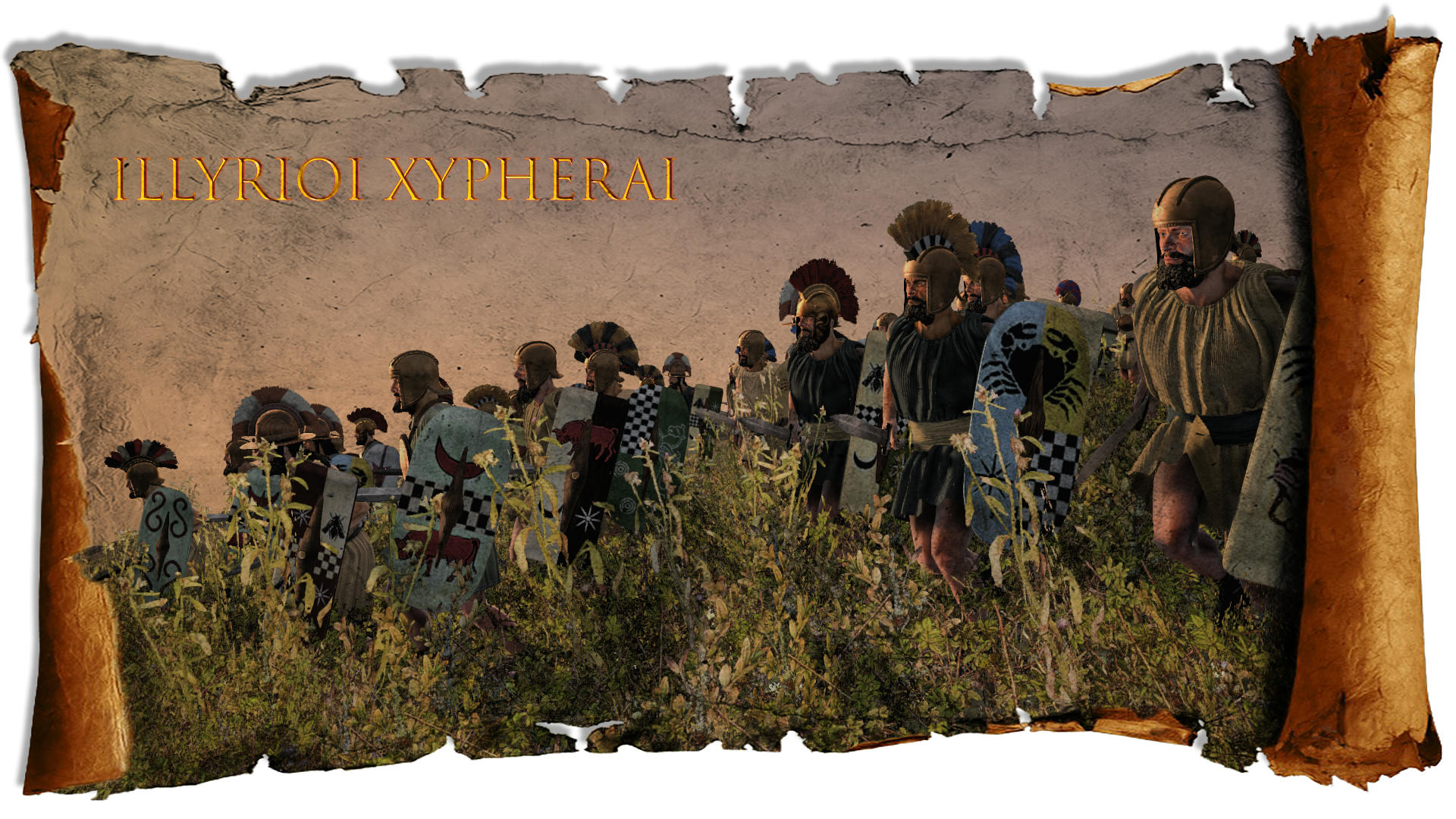
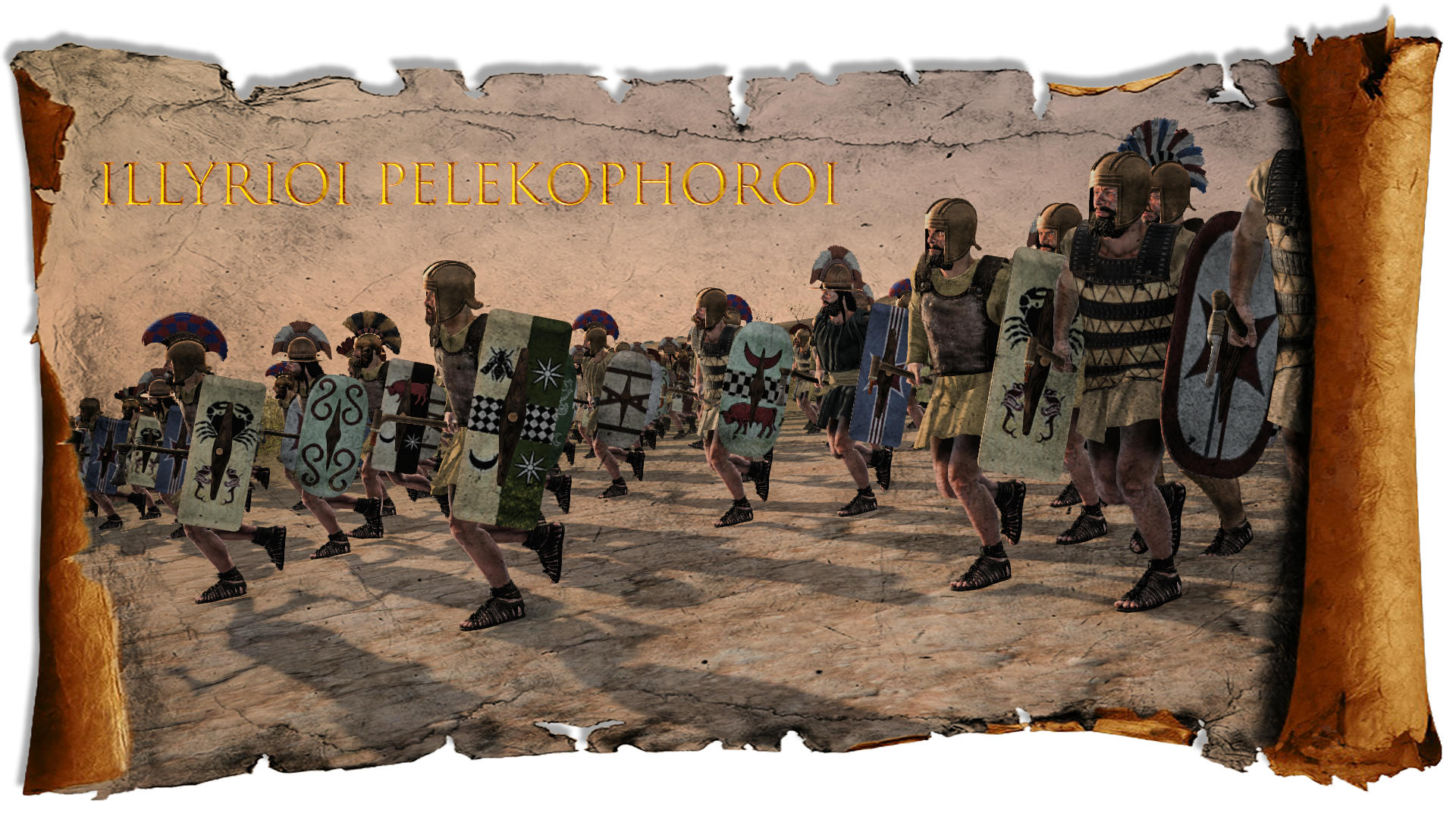
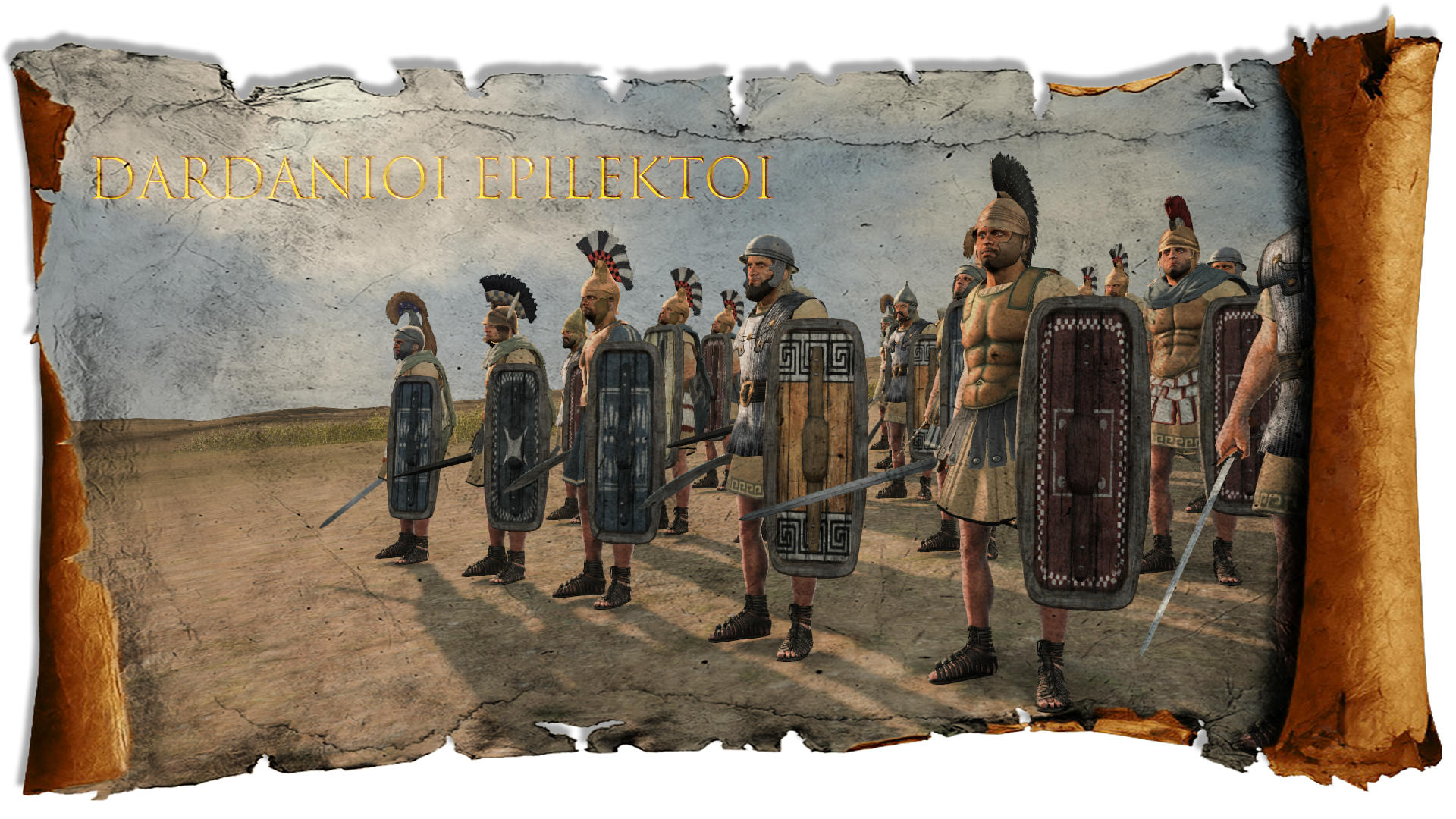
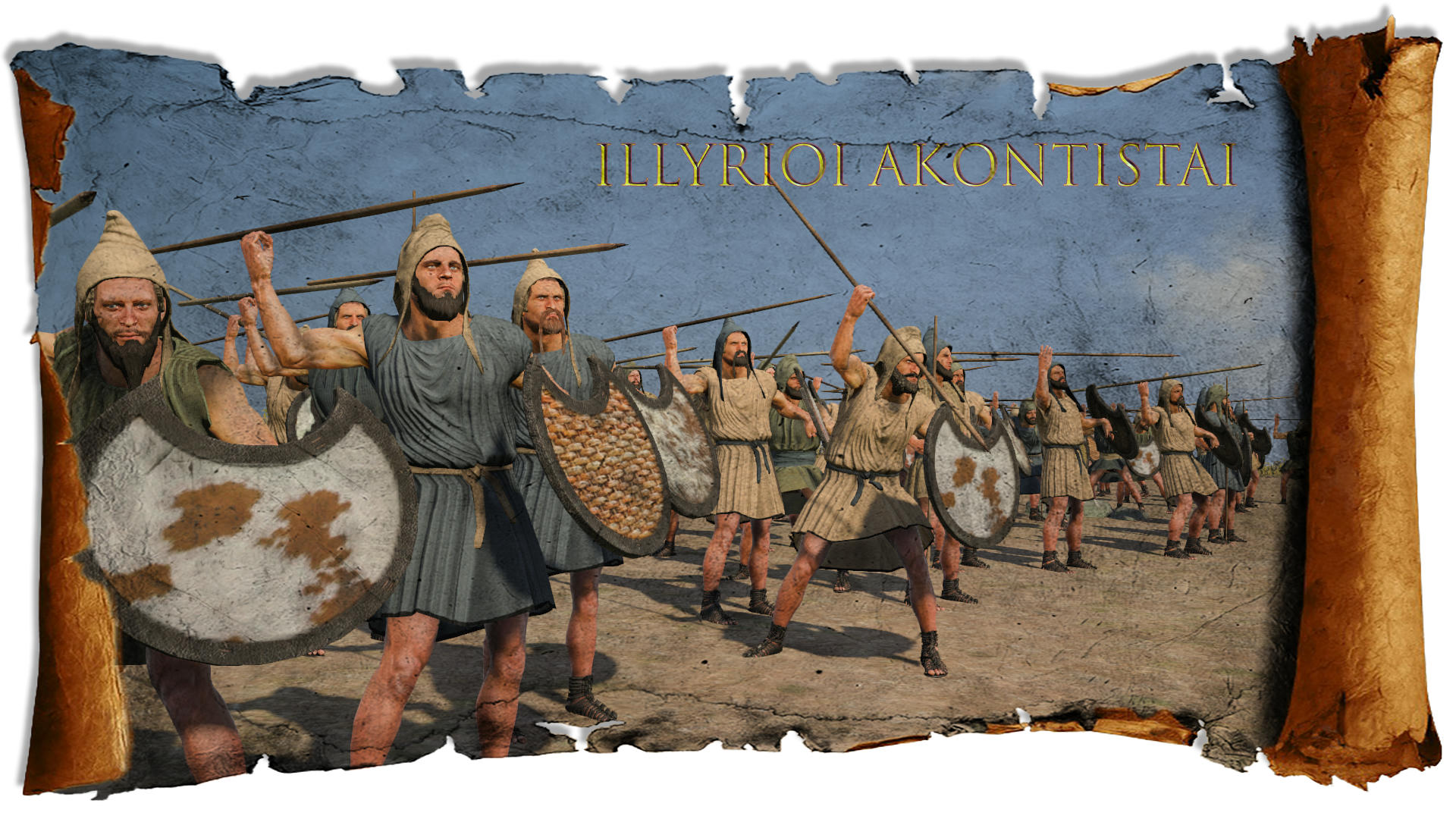
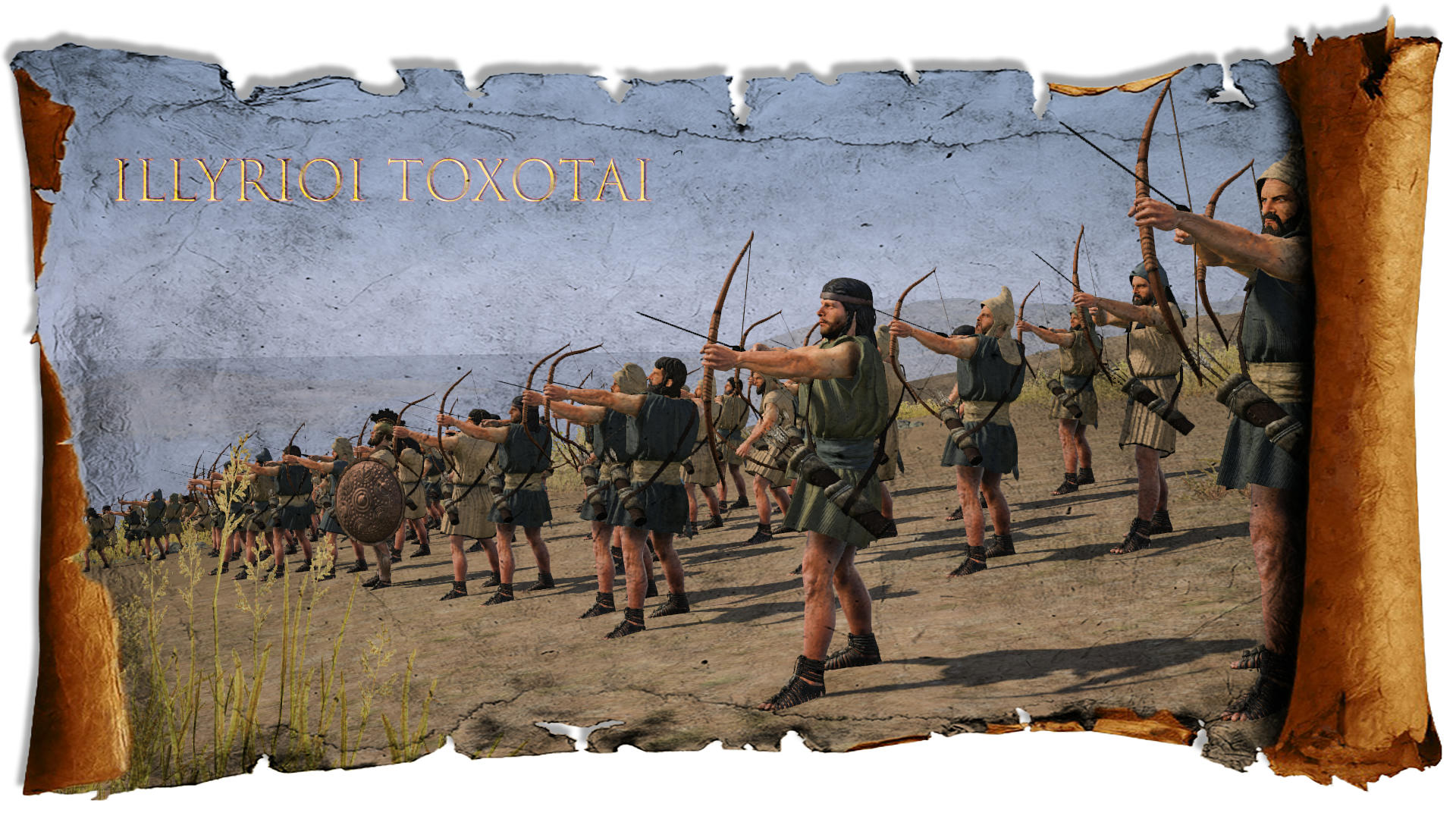
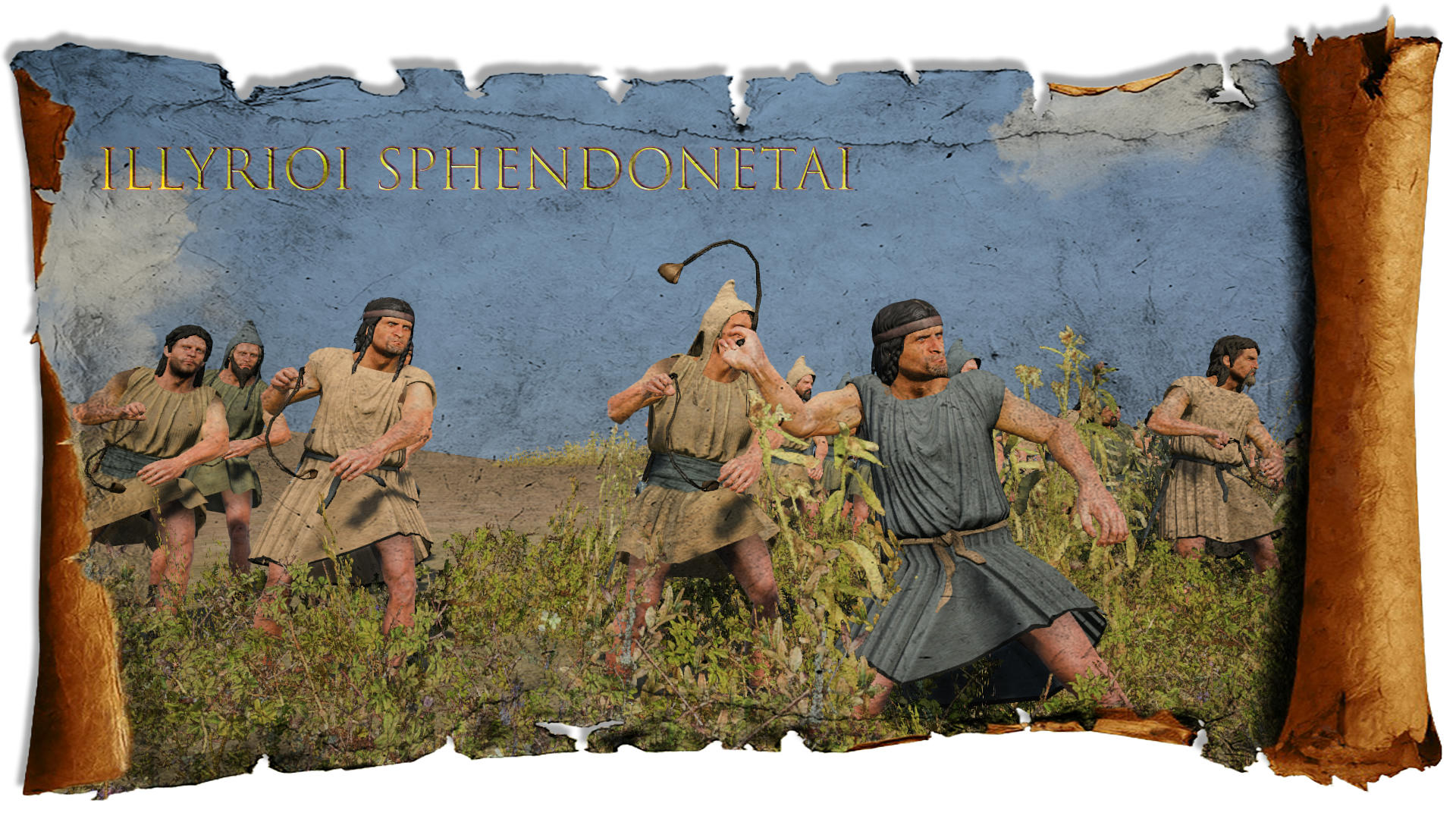
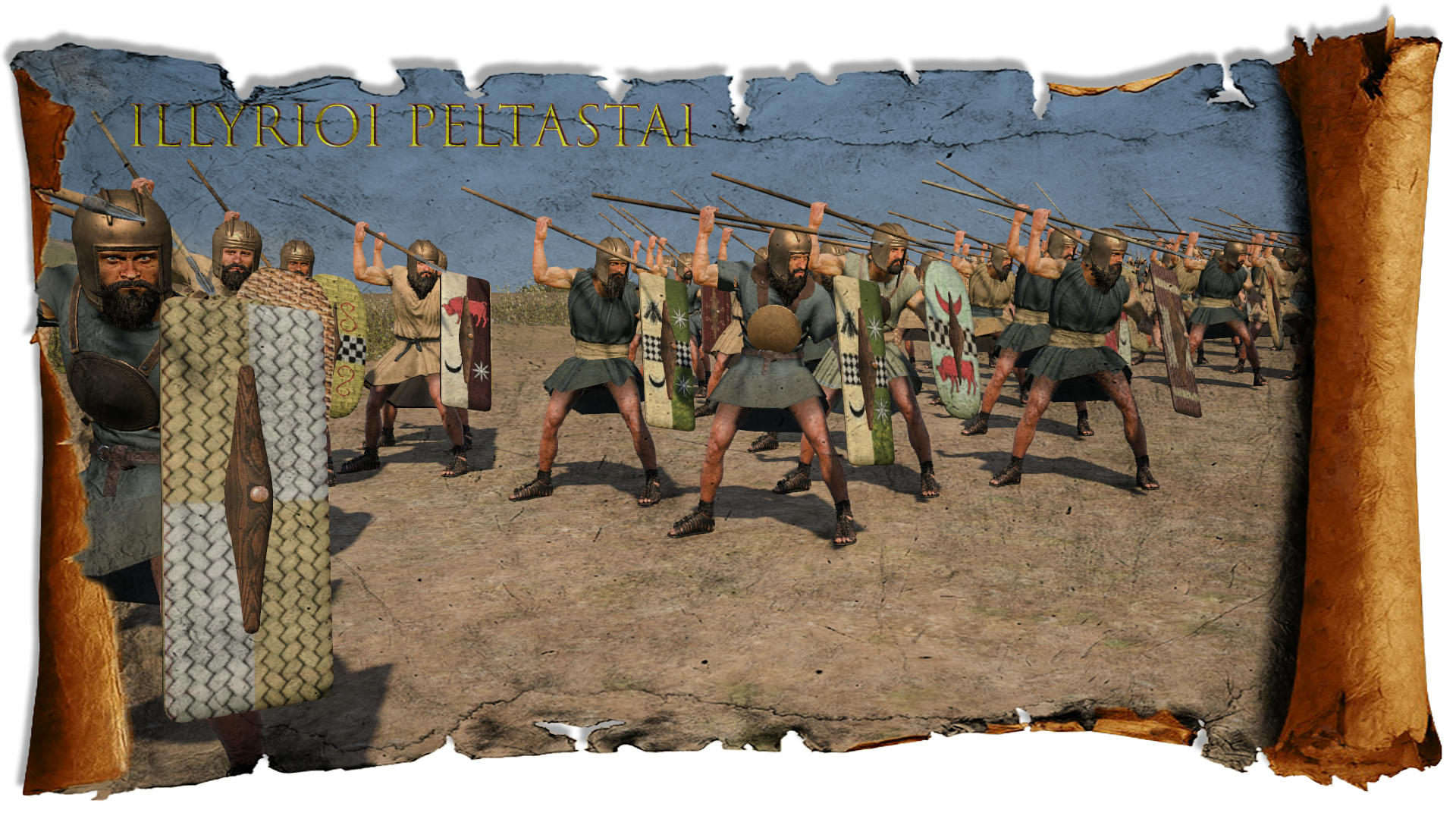
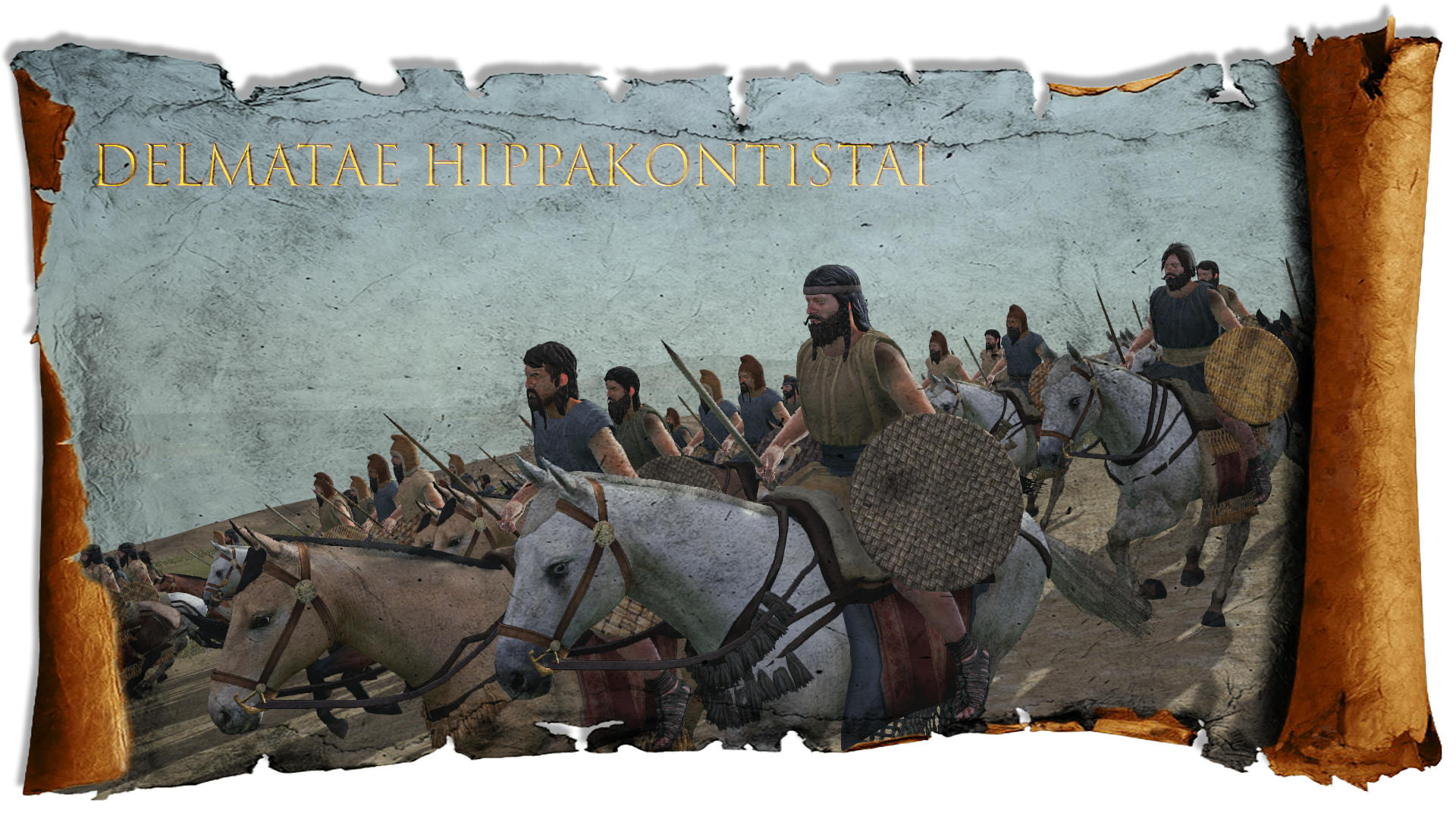
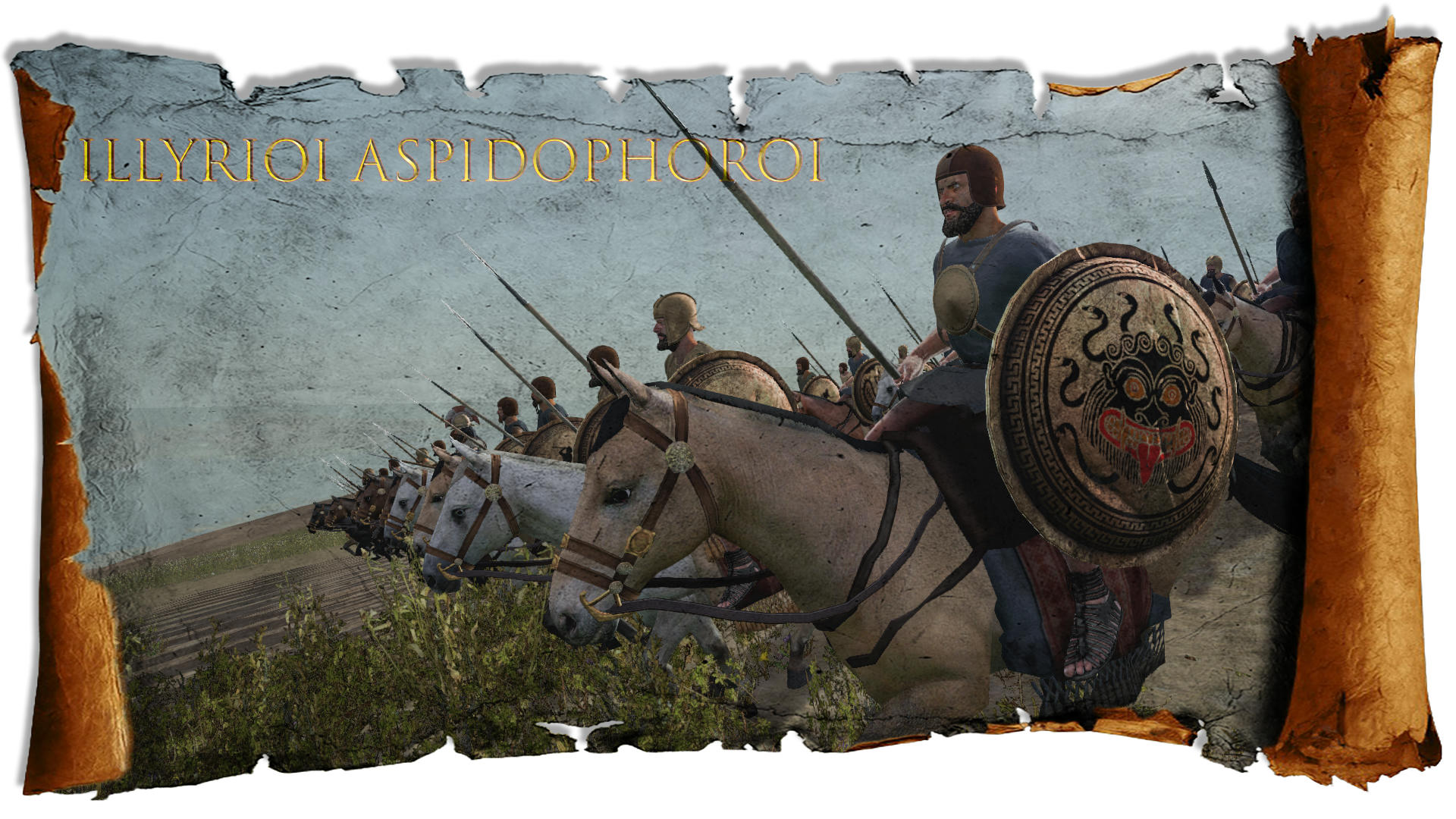
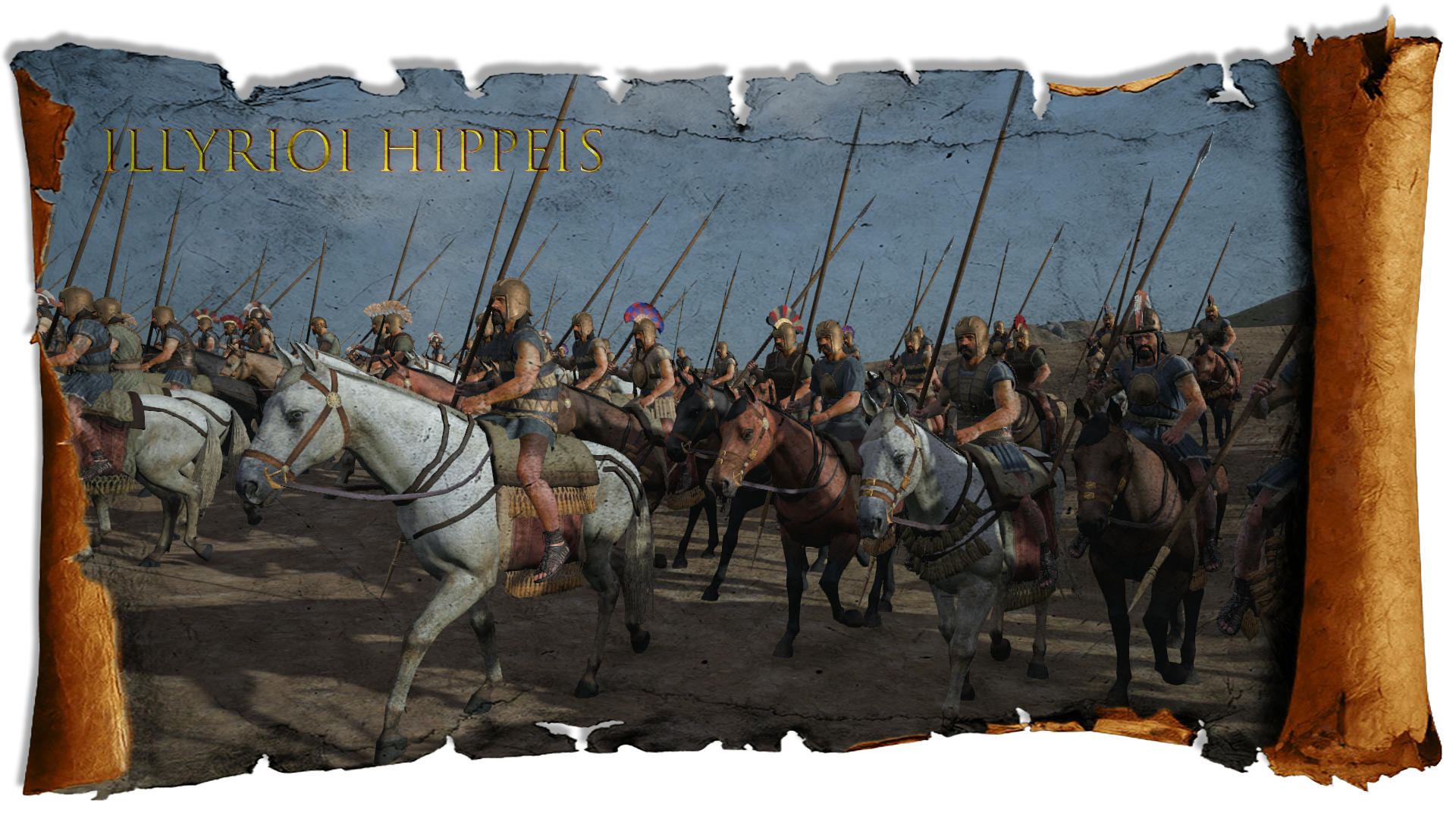
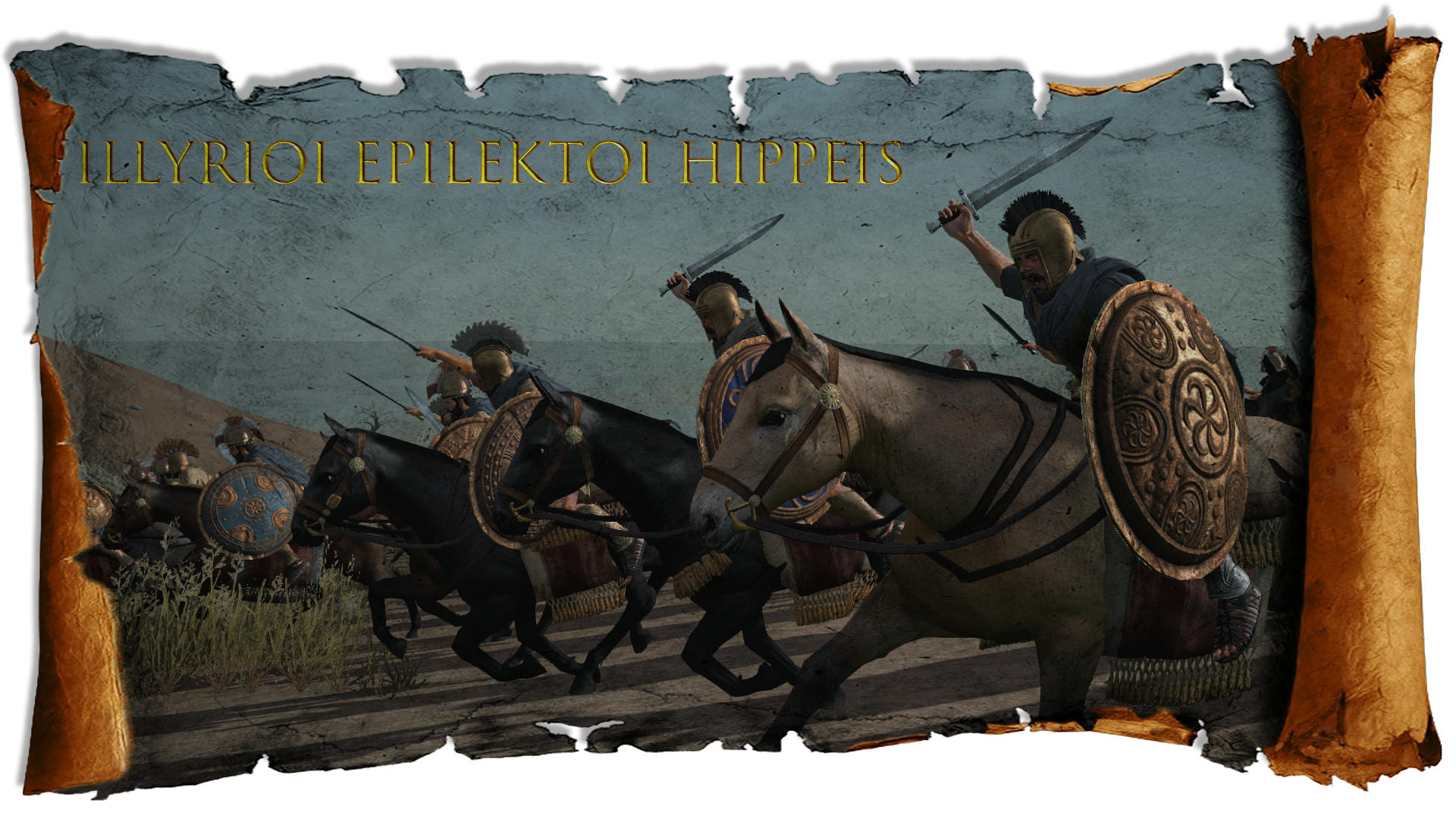
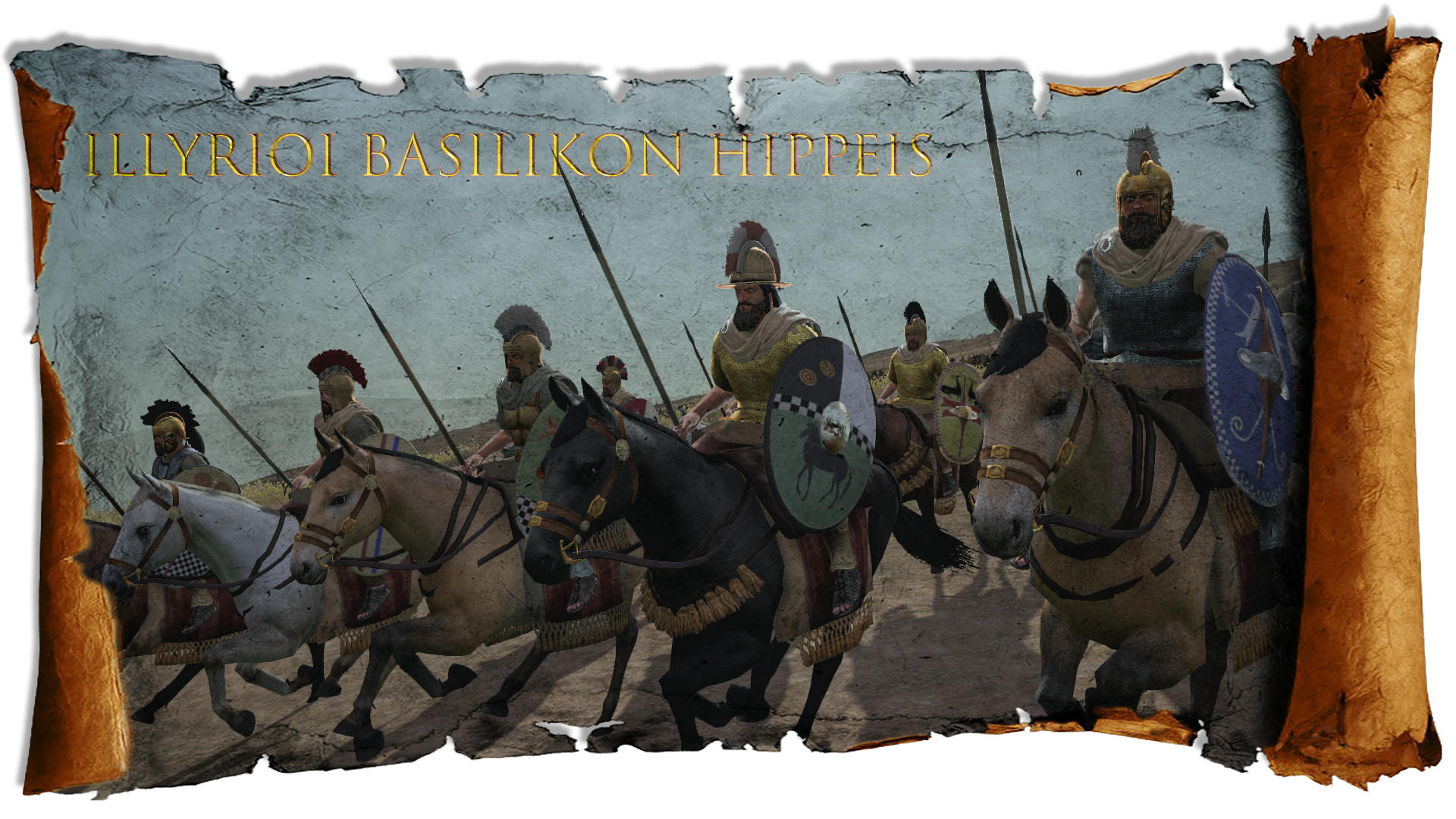
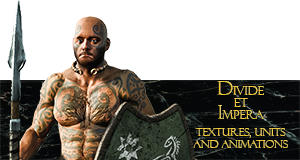

 Reply With Quote
Reply With Quote